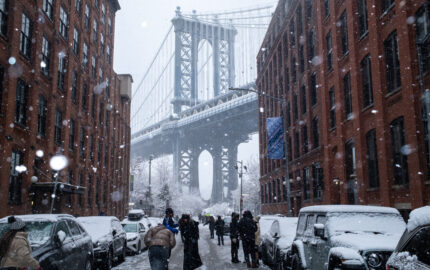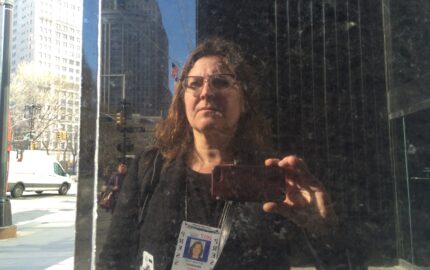Last Thursday was momentous news in these dis-United States, bringing news I doubt I need to recap. I confess that I was held captive to radio and news sites for the six weeks of the People of the State of New York v. Donald J. Trump. There was no radio or TV coverage allowed inside the Manhattan courtroom, so I followed via live blogs from various news sites, then read summary coverage most days.
Among my favorites were the analyses by legal-affairs reporters who paid attention not so much to the circus aspects of this drama as to how lawyers for each side built their cases during witness questioning and then during closing arguments. No matter your political or personal leanings or your feelings about the verdict, the lessons in narrative structure and focus were replete, from the defense’s scattershot of dramatic moments, peppered with loopbacks that sometimes grabbed and sometimes distracted, to the prosecution’s carefully scaffolded arc, complete with pacing, pauses for backstory and constant forward momentum.
If I were even more of a story wonk than I am, I’d be tempted to request a transcript of the closing arguments, get out my Sharpie and diagram the structures of each. As it is, I came dangerously close to a long wander down the Google-hole when I typed “diagrams of the classic story arc” in the search field. Oh, the treasures there! The drumbeat of deadline yanked me back, but even my short detour was a wonder, like driving a mountain road with viewpoints you just have to pull over for. I recommend a similar Google-trip when you’re struggling with structure. (My shoutout of thanks to @cwodtke, whoever s/he is, for the above sketch, which is my short-tour favorite. I laughed out loud when the character’s journey reached a CRISES, defined as a BLACK MOMENT, and cried “is all Lost?”)
I’m also now eager for stories that go even more into the process of the Trump trial narratives. Did Joshua Steinglass, who closed for the prosecution, write his script himself or was it done by a team? Did Todd Blanche, who closed for the defense, have layers of editors, and was Trump the one with the biggest red pencil? These musings make me want not just the recorded transcripts of the closings, but the drafts with any and all deletions and insertions.
Of course, this was just one chapter — or maybe just one stand-out section of one chapter — in a story that is nowhere near the end. Stay tuned, keep reading and keep your reader/writer/editor eye out for the scenes, characters, details, dialog, rise-and-fall of tension, emotion and themes that you’d collect for a fuller telling. I have no doubt it will be written — someday.



